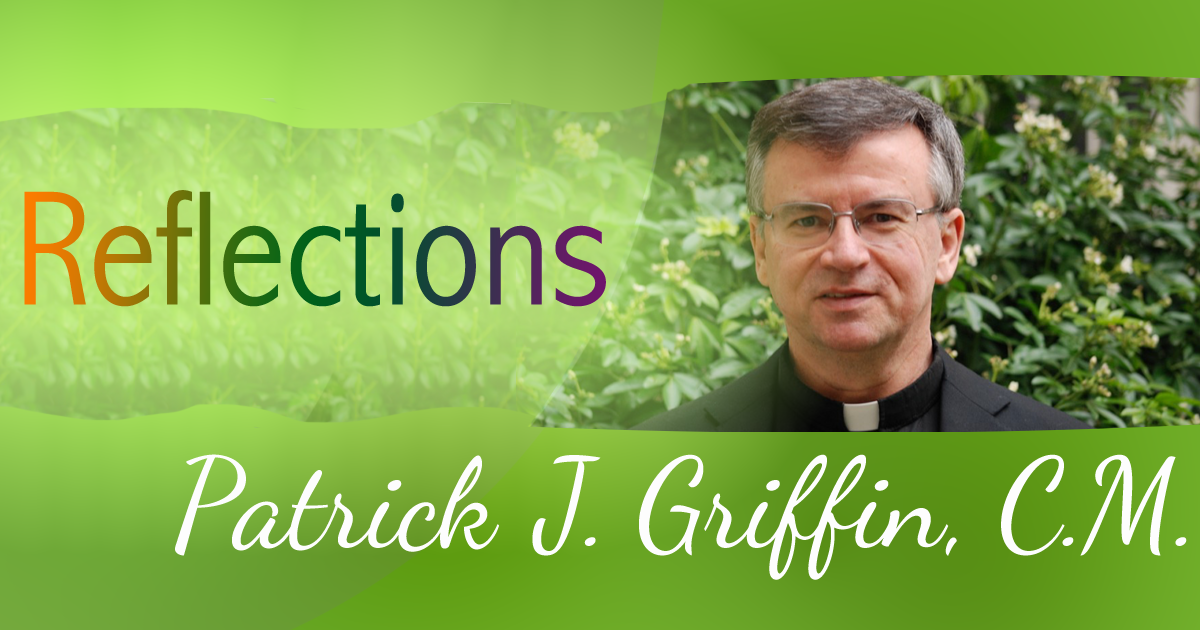
A Vincentian View: Apostolorum Apostola
This past Saturday, for the second time, the Church celebrated the “Feast of Mary Magdalene.” One year ago, in June 2016, the Congregation for Worship elevated her memorial to a feast in the decree “Apostolorum Apostola,” “Apostle of the Apostles.” Archbishop Arthur Roche, secretary of the Congregation, described how Mary Magdalene will now be remembered liturgically like the rest of the apostles.
“The decision is situated in the current ecclesial context, which calls upon us to reflect more deeply on the dignity of women, the new evangelization and the greatness of the mystery of divine mercy.”
I find compelling and telling that the Apostles needed to have the truth of the Resurrection announced to them. For the rest of their lives, they would witness and proclaim that reality. Remembering how they reacted on first hearing the news could give them some sympathy and inspiration with which they would carry out this ministry.
The story of Mary’s encounter with the Resurrected Lord has many interesting elements, but let me highlight one for this essay. It is a statement which Mary makes three times in a similar form. After she has visited the tomb for the first time and seen the stone moved, she rushes to the disciples and says:
“They have taken the Lord from the tomb,
and we don’t know where they put him.”
Later, back at the tomb, when she looks inside and sees the two figures she says to them:
“They have taken my Lord,
and I don’t know where they laid him.”
Finally, when Jesus speaks to her, but she does not recognize him—thinking him the gardener—she says for a third time:
“Sir, if you carried him away,
tell me where you laid him,
and I will take him.”
One might even read that last statement with some humor (or perhaps irony). Jesus has, in fact, carried the body away, but not in the sense which she intends.
Clearly, Mary searches for the dead body of Jesus, something which has been carried off and laid down. Nothing is going to distract her from her task—not even angels or Jesus himself. Only when he calls her by name and her vision becomes focused on a person can she recognize the risen Lord. It is this Lord whose presence she witnesses to the apostles.
One of the lessons offered for our consideration by this feast might be our need to open our eyes to recognize the Lord as he appears among us—in our Scripture, in our Eucharist, and in those who are part of our lives and ministries. Mary’s encounter with the Risen Savior enables her witness to be personal and energetic. May we allow her to teach us how we should announce the good news to one another.







0 Comments